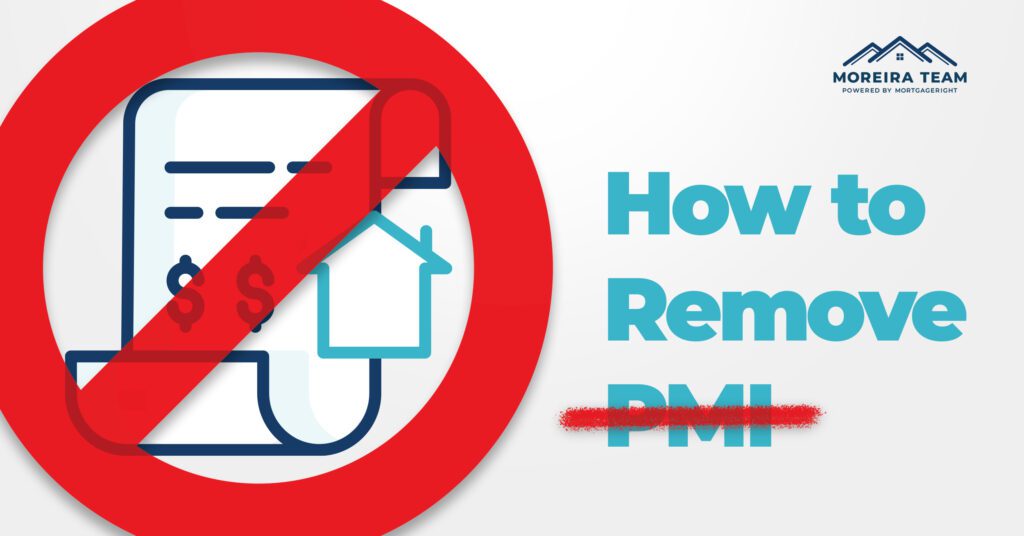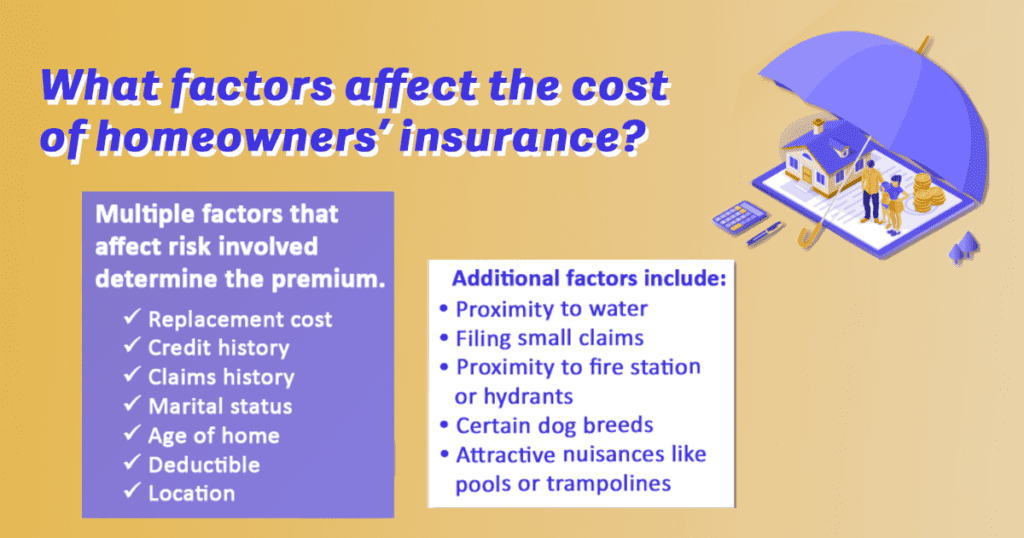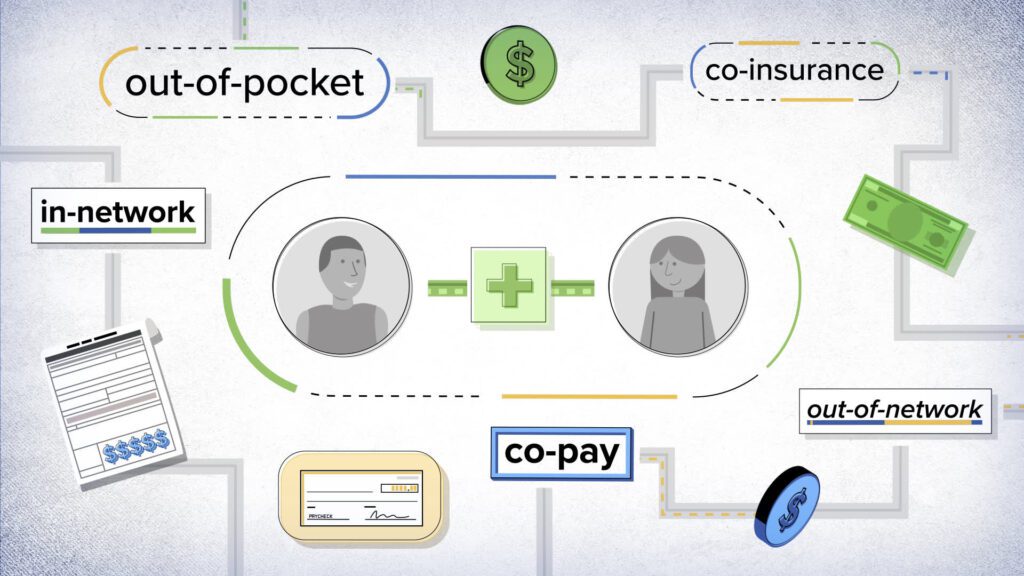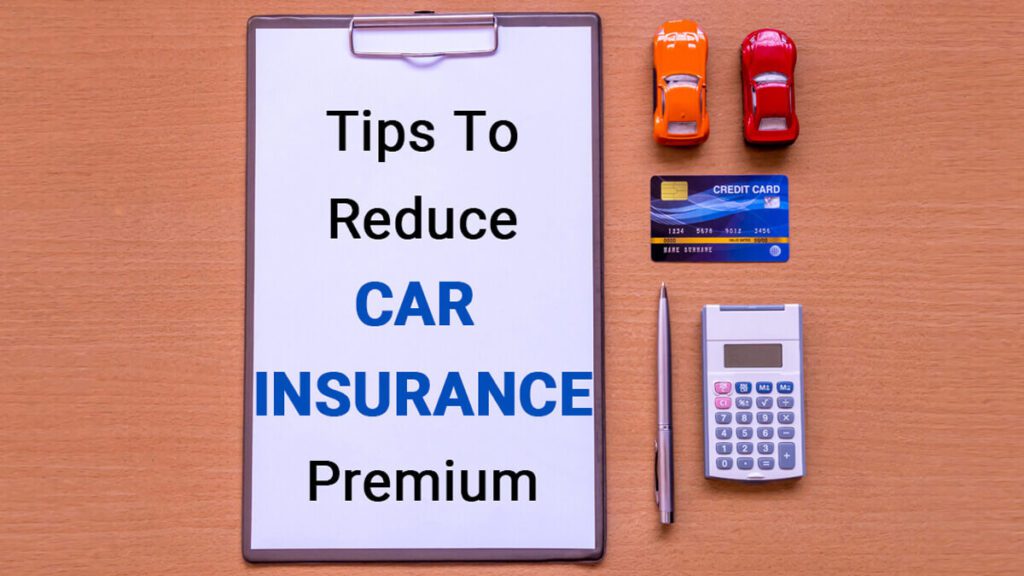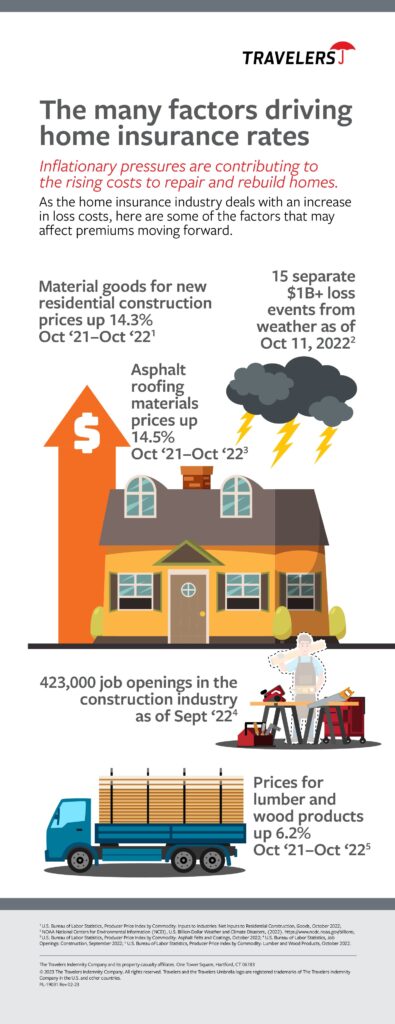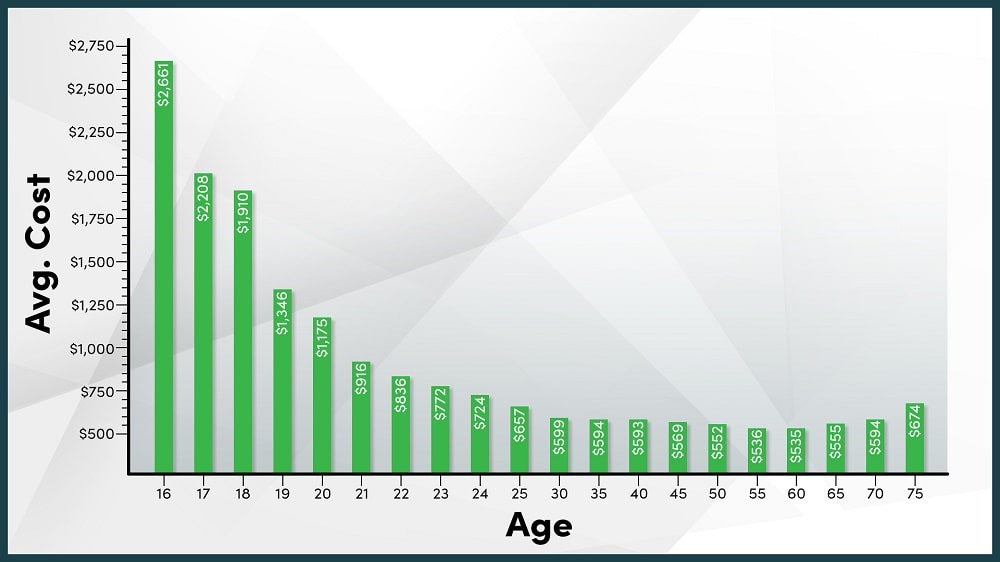Have you ever wondered if you have to wait two whole years before you can finally remove PMI? Well, we have good news for you! In this article, we will explore the common myth surrounding the duration of PMI and provide you with the answers you’ve been looking for. You’ll learn about the factors that determine when you can remove PMI, and discover some strategies to potentially remove it sooner than you think. So let’s dive in and debunk the myth together!
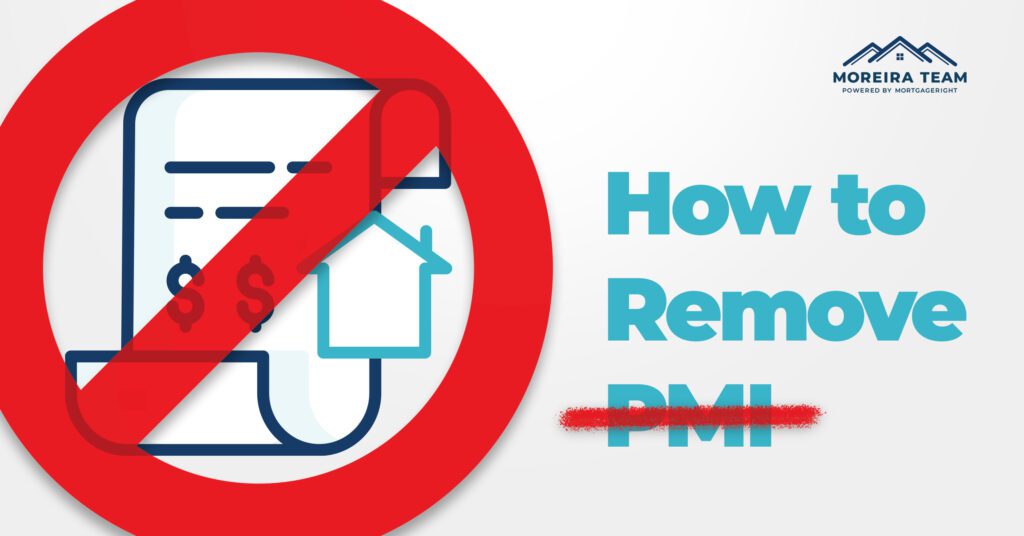

Overview of PMI and its Purpose
Private Mortgage Insurance (PMI) is an insurance policy that protects lenders in case borrowers default on their mortgage payments. It is often required by lenders when the down payment on a home is less than 20% of the purchase price. PMI allows borrowers with a smaller down payment to qualify for a mortgage, but it comes with additional costs that are added to the monthly mortgage payment.
Definition of PMI
PMI, as mentioned earlier, is an insurance policy that provides protection to lenders in case borrowers default on their mortgage. It is not the same as homeowners insurance, which protects the homeowner in case of damage or loss to the property. PMI is specifically designed to mitigate the risk for lenders when borrowers have a higher loan-to-value ratio (LTV) due to a lower down payment.
Purpose of PMI
The main purpose of PMI is to enable borrowers to purchase a home with a smaller down payment. Without PMI, many borrowers would be unable to qualify for a mortgage because lenders typically require a down payment of at least 20%. PMI gives lenders the reassurance that they will be protected financially if borrowers are unable to make their mortgage payments. This insurance coverage allows lenders to take on higher-risk loans, expanding homeownership opportunities for many individuals and families.
How PMI is Calculated
PMI premiums are typically calculated based on the loan amount, the borrower’s credit score, and the loan-to-value ratio (LTV). The LTV is determined by dividing the loan amount by the appraised value of the property. The higher the LTV, the higher the PMI premium will be. Lenders may use different formulas or tables to calculate PMI, so it’s essential to speak with your lender to understand the specific details of your PMI premiums.
Waiting Periods for PMI Cancellation
While PMI provides value for borrowers, it is often seen as an additional cost. Fortunately, there are specific waiting periods that borrowers must comply with before they can request the cancellation of PMI.
The 2-Year Rule
The most common waiting period for PMI cancellation is two years from the date of closing or the first payment, whichever is later. This means that borrowers must make timely mortgage payments for at least two years before they can request PMI removal. It’s important to note that lenders are required by law to automatically terminate PMI when the loan reaches the midpoint of the amortization period if the borrower is current on their mortgage payments.
Exceptions to the 2-Year Rule
In certain situations, borrowers may be eligible for PMI cancellation before the two-year waiting period expires. These exceptions include instances where the property value has increased substantially due to improvements made by the homeowner or changes in the local housing market. Additionally, borrowers who have made significant payments towards the principal balance of the mortgage may also be eligible for early PMI removal.
Reaching the 20% Equity Mark
One of the most important milestones for PMI removal is reaching a 20% equity position in the home. Equity is the difference between the home’s value and the amount owed on the mortgage. Reaching this threshold allows borrowers to demonstrate to lenders that they have a significant stake in the property and are less likely to default.
Understanding the 20% Equity Requirement
When the equity in your home reaches 20% or more, you are eligible to request PMI cancellation. However, it’s essential to refer to your loan agreement or contact your lender to understand the specific requirements and process for requesting PMI removal. In some cases, your lender may have additional criteria or steps you need to follow.
Methods to Reach 20% Equity Faster
If you are eager to remove PMI before the 20% equity threshold is reached naturally, there are a few strategies you can consider. Making additional principal payments towards your mortgage can help reduce the outstanding balance faster, thereby increasing your equity position. Another option is to make improvements to your property that increase its value. By increasing the appraised value of your home, you can expedite the process of reaching the 20% equity mark.
Requesting PMI Removal
Once you have met the waiting period requirements or reached the 20% equity mark, you can request the removal of PMI. This typically involves contacting your lender, providing documentation, and potentially completing a property appraisal.
Contacting the Lender
To initiate the PMI removal process, you will need to contact your lender and express your desire to remove the PMI. They will provide you with the necessary information and instructions on how to proceed. It’s crucial to be proactive in reaching out to your lender as they may not automatically remove PMI even if you meet the requirements.
Providing Documentation
Your lender may require you to submit certain documents to support your PMI removal request. These documents may include proof of timely mortgage payments, evidence of increased property value if relevant, and any other documentation specified by your lender.
Property Appraisal
In some cases, your lender may require a property appraisal to confirm the current value of your home. This appraisal is typically conducted by a professional appraiser who will assess the property’s condition, location, and recent comparable sales in the area. The cost of the appraisal is usually the responsibility of the borrower.


Automatic PMI Termination
In addition to requesting PMI removal, borrowers may also benefit from automatic PMI termination under specific circumstances. These circumstances are related to loan amortization and property appreciation.
Termination of PMI Through Loan Amortization
Lenders are required by law to automatically terminate PMI when the borrower reaches the midpoint of the amortization period if they are current on their mortgage payments. This means that if you have a 30-year mortgage, PMI should be automatically canceled after 15 years of timely payments. However, it’s essential to be vigilant and monitor your mortgage statements to ensure that the automatic termination is processed correctly.
Termination of PMI Through Appreciation
If the value of your property has appreciated significantly, you may be able to request PMI cancellation even if you haven’t reached the 20% equity mark. This is particularly beneficial in areas with a strong housing market where property values have increased substantially. By providing evidence of the increased property value, you can demonstrate to your lender that you have a lower loan-to-value ratio, making PMI unnecessary.
Refinancing to Remove PMI
Another option to remove PMI is refinancing your mortgage. Refinancing involves taking out a new loan to pay off your existing mortgage, and it can provide an opportunity to remove PMI under certain conditions.
Refinancing Process
When refinancing to remove PMI, you will need to apply for a new loan with a different lender or your current lender. The refinancing process involves submitting a loan application, providing financial documentation, and going through a new underwriting process. If approved, the new loan pays off the existing mortgage, and you can potentially secure a loan without PMI if your equity position or loan terms meet the lender’s requirements.
Cost Considerations
It’s crucial to consider the costs associated with refinancing before deciding if it’s the right option for you. Refinancing typically involves closing costs, which may include appraisal fees, application fees, and other expenses. Additionally, you must carefully evaluate the new loan terms, including interest rates and monthly payments, to ensure that refinancing makes financial sense in the long run.
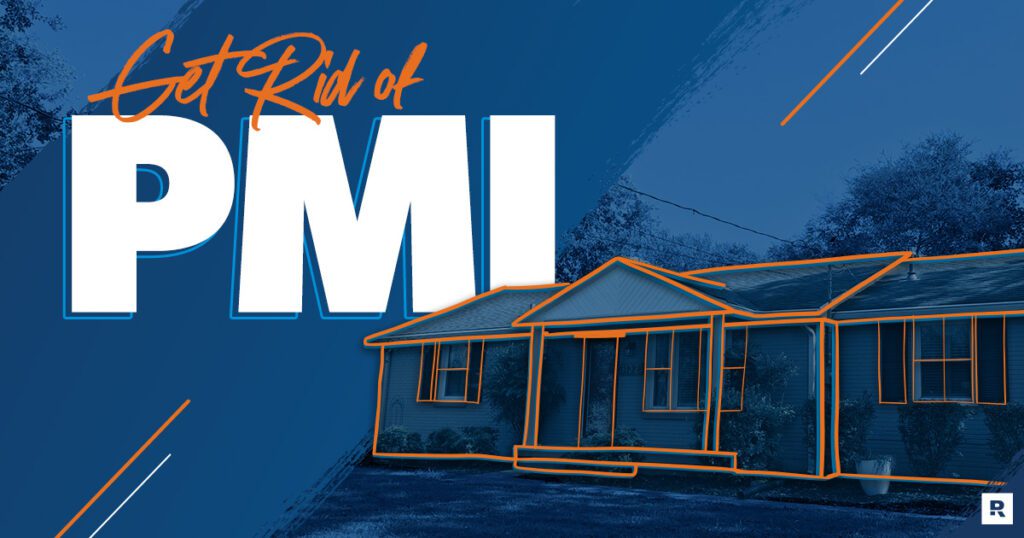

Legal Protection for Borrowers
Borrowers are afforded legal protection through the Homeowners Protection Act (HPA), also known as the PMI Cancellation Act. This federal law provides guidelines and requirements for PMI cancellation and automatic termination, giving borrowers certain rights and protections.
Homeowners Protection Act (HPA)
The HPA outlines the requirements for PMI cancellation and automatic termination based on specific criteria, such as reaching the 78% loan-to-value ratio and being current on mortgage payments. The act also provides recourse for borrowers who believe their lender is not adhering to the law’s provisions. It’s essential to familiarize yourself with the HPA and its provisions to understand your rights as a borrower.
Enforcing Your Rights
If you believe that your lender is not adhering to the guidelines outlined in the HPA, you have the right to raise the issue with them and request a resolution. If the issue remains unresolved, you can escalate your concerns to relevant regulatory bodies or consult legal counsel to understand your options for enforcing your rights under the HPA.
Tips to Accelerate PMI Removal
Removing PMI can save you money in the long run, so it’s worth exploring strategies to expedite the process. Here are a few tips to consider:
Making Additional Principal Payments
By making extra principal payments towards your mortgage, you can reduce the outstanding balance faster. This, in turn, helps increase your equity position and brings you closer to the 20% equity mark required for PMI removal. It’s important to check with your lender to ensure they allow additional principal payments without penalties or restrictions.
Taking Advantage of Home Appreciation
If the value of your property has increased significantly, you may be able to request PMI cancellation even if you haven’t reached the 20% equity mark. Keep an eye on the local housing market trends and consult with a real estate professional to determine if it’s the right time to request a property appraisal for potential PMI removal.
Reviewing Current PMI Terms
Periodically reviewing your current PMI terms can help you identify opportunities for PMI removal. Stay informed about the current market conditions, your loan balance, and your home’s value to determine if you are eligible for PMI cancellation or if you can explore other options such as refinancing.
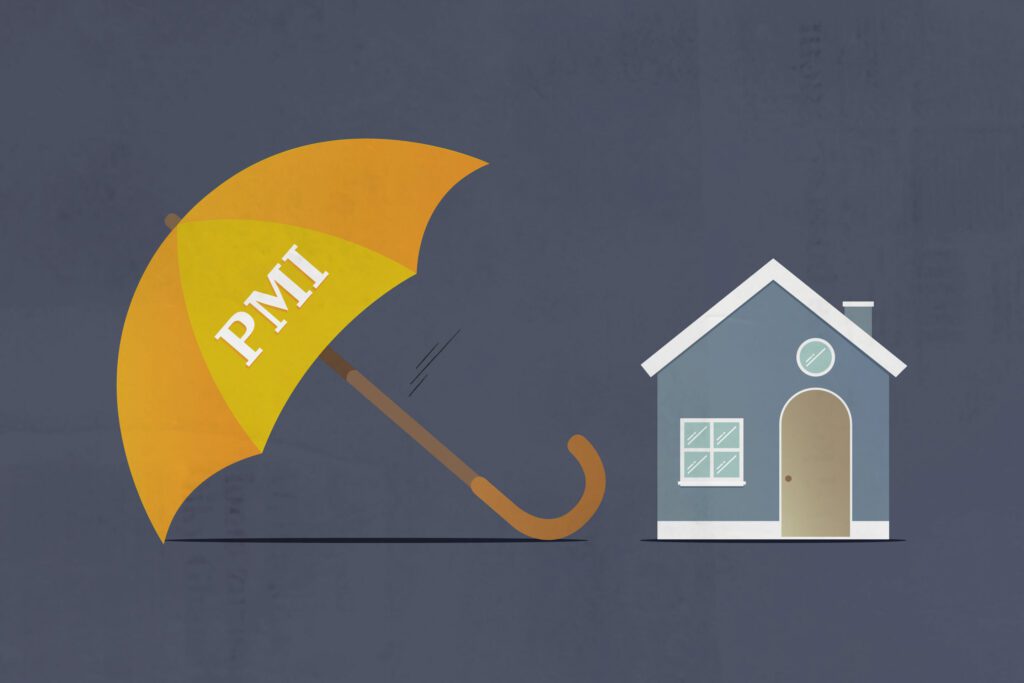

Frequently Asked Questions (FAQs)
Can PMI be waived altogether?
In some cases, borrowers may be able to avoid PMI altogether. One option is to secure a mortgage loan with a down payment of at least 20%. Additionally, some lenders offer programs that allow borrowers to obtain a piggyback loan or pay a higher interest rate in exchange for avoiding PMI.
Does the type of loan affect PMI removal?
The type of loan you have can affect PMI removal requirements. For example, loans insured by the Federal Housing Administration (FHA) have different rules for PMI removal compared to conventional loans. It’s essential to review the terms and conditions of your specific loan to understand the requirements for PMI cancellation and termination.
In conclusion, while PMI may seem like an additional cost, it serves an essential purpose by allowing borrowers with a smaller down payment to qualify for a mortgage. Understanding the waiting periods, equity requirements, and options for PMI removal can help you save money in the long run and ultimately own your home outright. Remember to consult with your lender, review your loan agreement, and stay informed about the relevant laws and regulations to make informed decisions regarding PMI removal.

